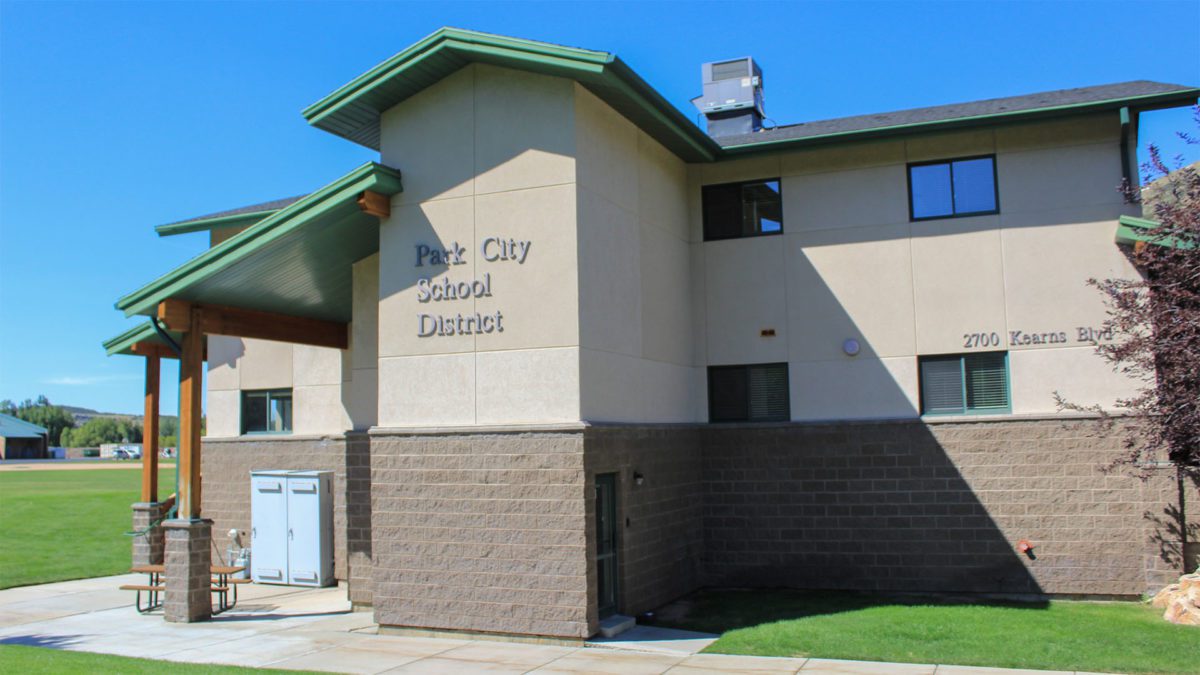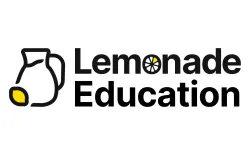Education
Park City Schools show strong reading scores, renew focus on English learners

Photo: TownLift // Rayne Moynahan
PARK CITY, Utah — Officials from the Park City School District recently reviewed progress on the district’s five-year strategic plan, highlighting improvements in early literacy and high school graduation rates, while also identifying challenges in multilingual learning and eighth-grade math.
Superintendent Lyndsay Huntsman reported that the district is currently in year three of its 2023–2028 plan, which sets five primary goals: increasing English proficiency among multilingual learners, improving third-grade reading and eighth-grade math proficiency, raising the percentage of juniors meeting ACT college readiness benchmarks, and maintaining a 100% graduation rate.
Huntsman emphasized that multilingual learners are the district’s most urgent focus. Last year, 17% of multilingual learners exited English services based on the state’s WIDA assessment, and 48% met their adequate yearly progress goals. “From my perspective, it’s educational malpractice when we have students who start with us in preschool and still have not exited the program,” she stated. The district will shift its 2028 target from 80% exiting to 80% making annual progress, with particular emphasis on fourth and fifth grades.
Principals have been instructed to identify every multilingual learner in their schools, and teachers are expected to adopt practices that enhance oral language, writing, and academic vocabulary. Furthermore, all teachers are required to earn an ESL endorsement within their first three years in the district.
Board members also discussed ways to improve integration between English learners and native speakers beyond the classroom. Huntsman noted that many Latino students participate in extracurricular activities, and the district is expanding outreach to families, including meetings with school leaders.
In terms of third-grade reading, the district saw continued improvement, with 87% of third graders meeting or exceeding the benchmark last year, up from 84% the previous year and significantly above the state’s figure of 69%. Huntsman attributed this success to the implementation of the 95% Group phonics program in grades K–3 and teacher training focusing on the “science of reading,” in line with the statewide emphasis under Senate Bill 127 (2022). The district has also begun rolling out the Arts & Letters program for grades four through eight, supported by recent professional development.
Eighth-grade math proficiency improved from 52% to 60%, with the district aiming for a goal of 90%. Huntsman acknowledged this as an ambitious target and noted that the near-term focus will be on continued growth. She added that state math standards are currently under review, with potential updates expected in January, which may necessitate curriculum changes.
Regarding college readiness, 85% of Park City High School juniors met the ACT English benchmark score of 18. The district reported a 97% four-year graduation rate for the Class of 2024, which is significantly higher than the state average of 89%.
Huntsman affirmed that the administration will continue to refine targets to reflect realistic growth while aligning with state expectations. “Our teachers are doing phenomenal work,” she said. “We want our goals to mirror that success.”PARK CITY, Utah — Park City School District officials reviewed progress on the district’s five-year strategic plan this week, highlighting gains in early literacy and high school graduation while identifying challenges in multilingual learning and eighth-grade math.
Superintendent Lyndsay Huntsman said the district is in year three of its 2023–2028 plan, which sets five goals: increasing English proficiency among multilingual learners, improving third-grade reading and eighth-grade math proficiency, raising the share of juniors meeting ACT college readiness benchmarks, and maintaining a 100% graduation rate.
Huntsman said multilingual learners remain the district’s most urgent focus. Last year, 17% of MLL students exited English services under the state’s WIDA assessment, and 48% met their adequate yearly progress goals. “From my perspective, it’s education malpractice when we have students who start with us in preschool and still have not been exited,” Huntsman said. She said the district will shift its 2028 target from 80% exiting to 80% progressing annually, with an emphasis on fourth and fifth grade.
Principals have been directed to identify every MLL student in their buildings, and teachers are expected to embed practices that increase oral language, writing, and academic vocabulary. All teachers are required to earn an ESL endorsement within their first three years in the district.
Board members discussed improving integration between English learners and native speakers beyond the classroom. Huntsman noted that many Latino students participate in extracurricular activities and said the district is expanding outreach to families, including meetings with school leaders.
Third-grade reading continued to improve. Districtwide, 87% of third graders met or exceeded benchmark last year, up from 84% the year prior and above the state’s 69% figure, according to the district. Huntsman cited implementation of the 95% Group phonics program in K–3 and teacher training in the “science of reading,” a statewide emphasis under Senate Bill 127 (2022). Grades four through eight began rolling out Arts & Letters with recent professional development.
Eighth-grade math proficiency rose from 52% to 60%. The district’s goal is 90%. “It is an audacious goal,” Huntsman said, adding that the near-term focus is on continued growth. She noted state math standards are under review, with potential adoption expected in January, which could prompt curriculum updates.
On college readiness, 85% of Park City High School juniors met the ACT English benchmark score of 18. The district reported a 97% four-year graduation rate for the Class of 2024, compared with the state’s 89%.
Huntsman said the administration will keep refining targets to reflect realistic growth while aligning with state expectations. “Our teachers are doing phenomenal work,” she said. “We want our goals to mirror what’s happening in classrooms.”




















